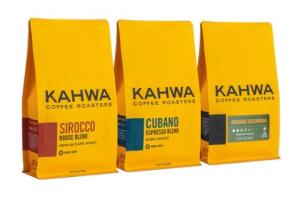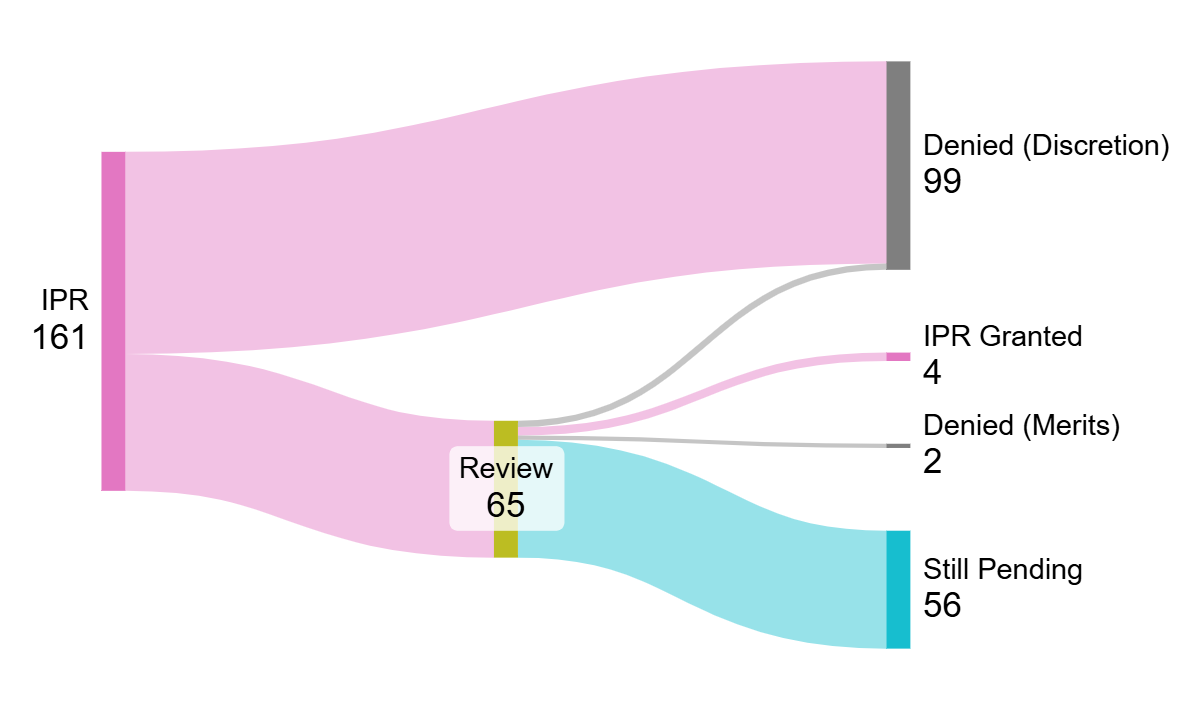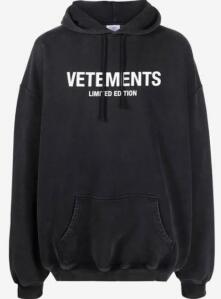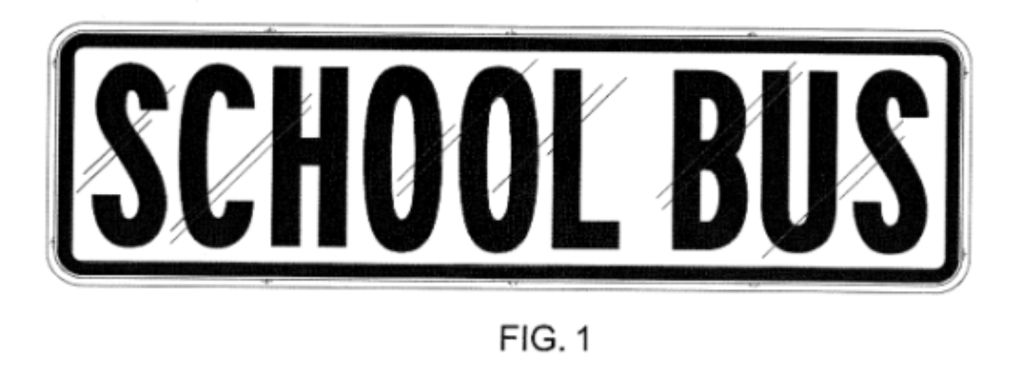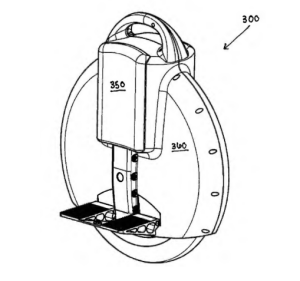by Dennis Crouch
In November 2025, I wrote about the still-pending cert petition in the trademark case of Vetements Grp. AG v. Stewart. That case focuses on the doctrine of foreign equivalents and argues that the Federal Circuit applies its translation-based framework too rigidly and in tension with the Lanham Act's consumer-perception principles. This week though the court released a new decision that complicates the narrative somewhat by reversing a TTAB refusal to register KAHWA for café and coffee shop services, holding that the doctrine of foreign equivalents did not apply because the term has a well-established alternative English meaning. In re Bayou Grande Coffee Roasting Co., No. 2024-1118 (Fed. Cir. Dec. 9, 2025). The decision also imposed rigorous evidentiary requirements for genericness and descriptiveness findings, demanding actual marketplace evidence rather than speculation about what cafés might theoretically sell.
Bayou Grande has operated coffee shops in the Tampa Bay area under the KAHWA name since 2008. But, when the company sought federal registration of its name, the examining attorney refused under the doctrine of foreign equivalents, asserting that KAHWA means "coffee" (قهوة) in Arabic. The examiner also added alternative "grounds" based on KAHWA's meaning as a type of Kashmiri green tea. After Bayou Grande appealed, the Board declined to address the Arabic translation issue entirely, instead affirming the refusal based solely on the tea meaning. The Board reasoned that because KAHWA refers to a type of green tea, and because cafés serve tea, the mark was generic or merely descriptive of café services.
On appeal, the Federal Circuit disagreed on every point, finding the Board's genericness and descriptiveness determinations unsupported by substantial evidence and holding that the doctrine of foreign equivalents cannot apply when a foreign term has an established alternative English meaning.
To continue reading, become a Patently-O member. Already a member? Simply log in to access the full post.
